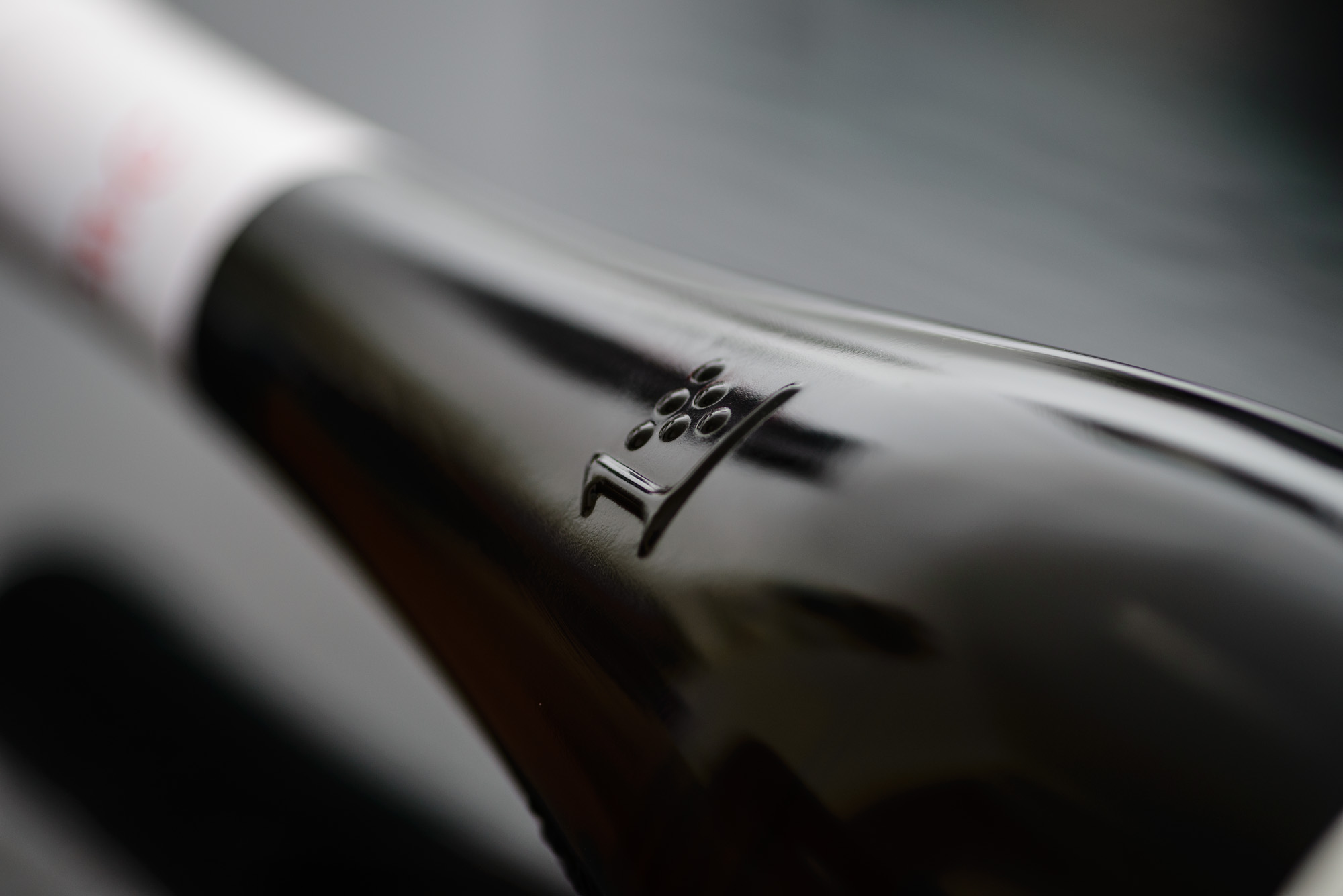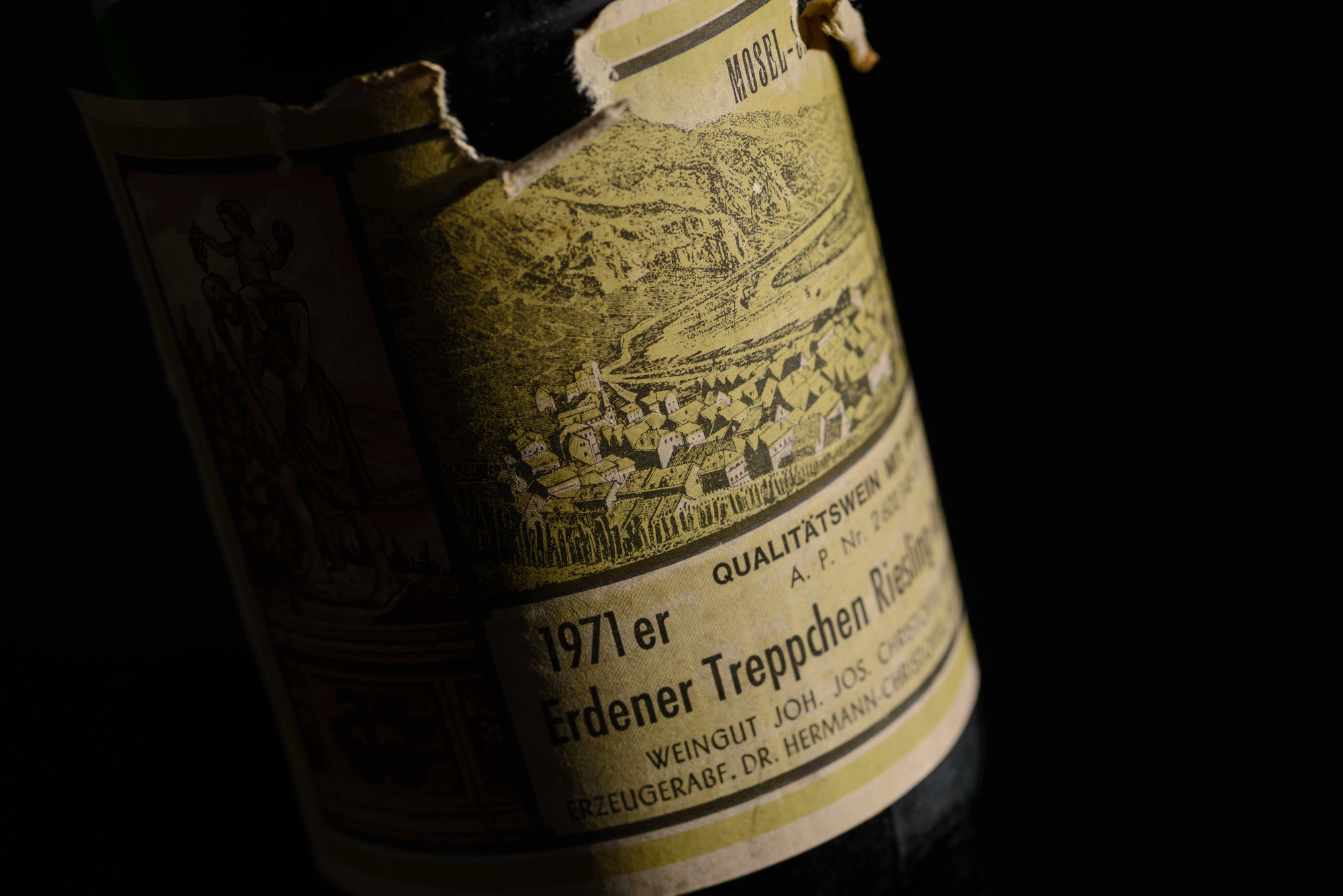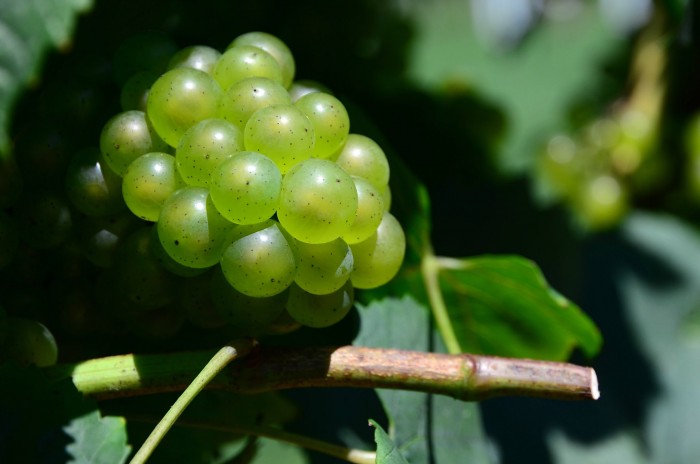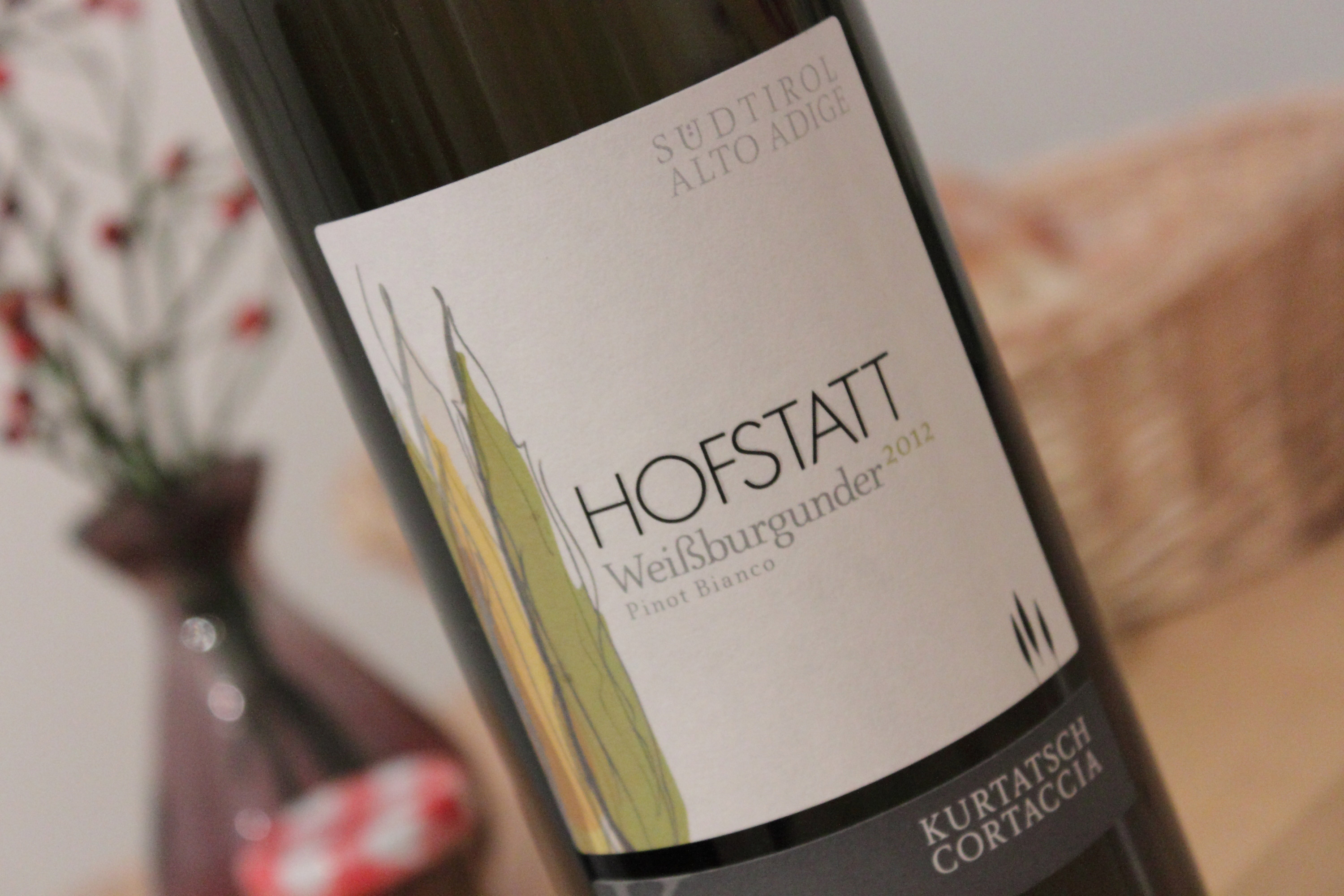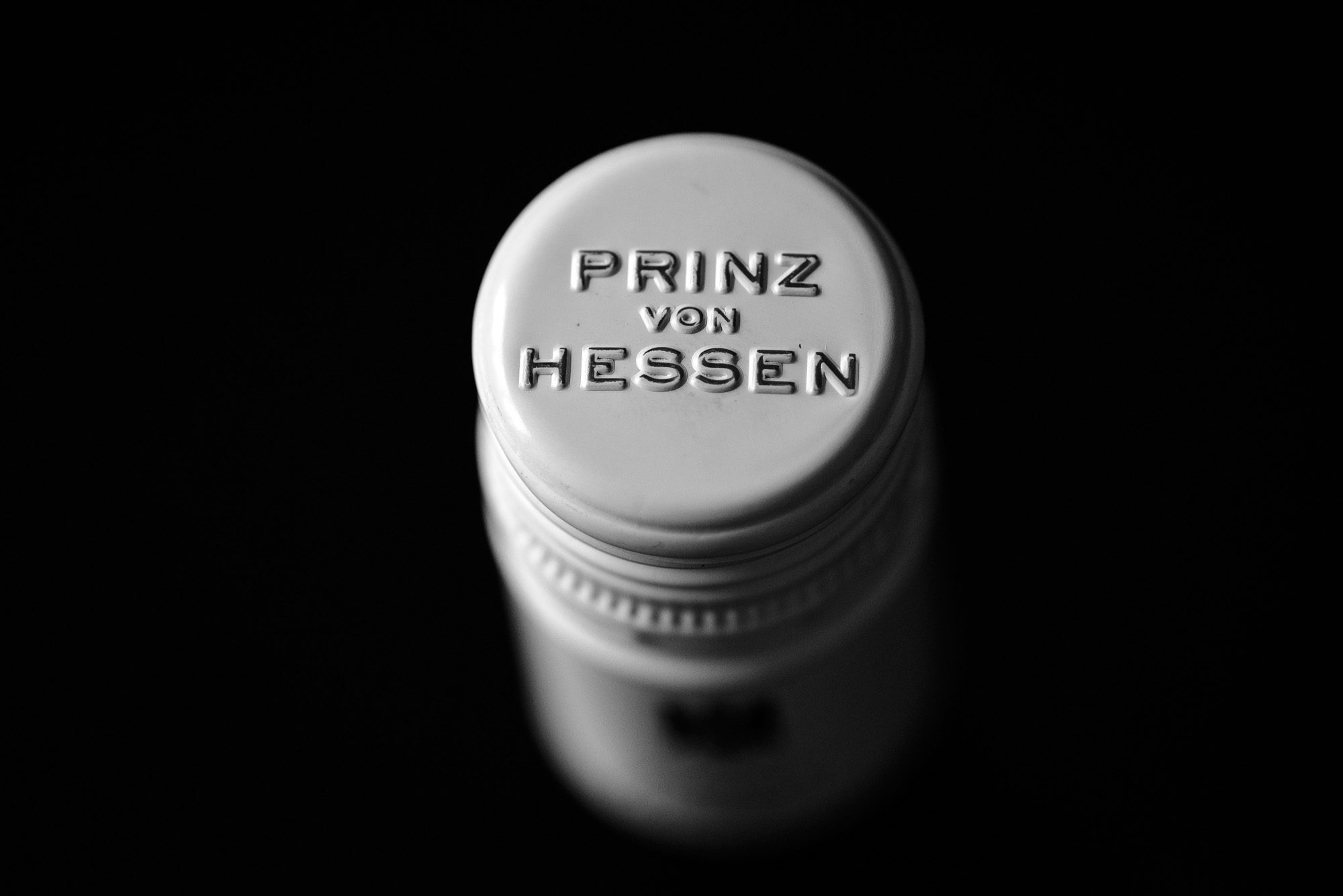Gerhard Klein, Grüner Veltliner, Junge Reben, 2013
It's been a busy few months for me. Almost all of June I spent on the road, or at events in London. So to ease myself back into blogging I thought I write about a nice little wine, nothing extraordinarily expensive or with a long and complicated backstory. There is, after all, a place for those wines that are there just to be enjoyed. 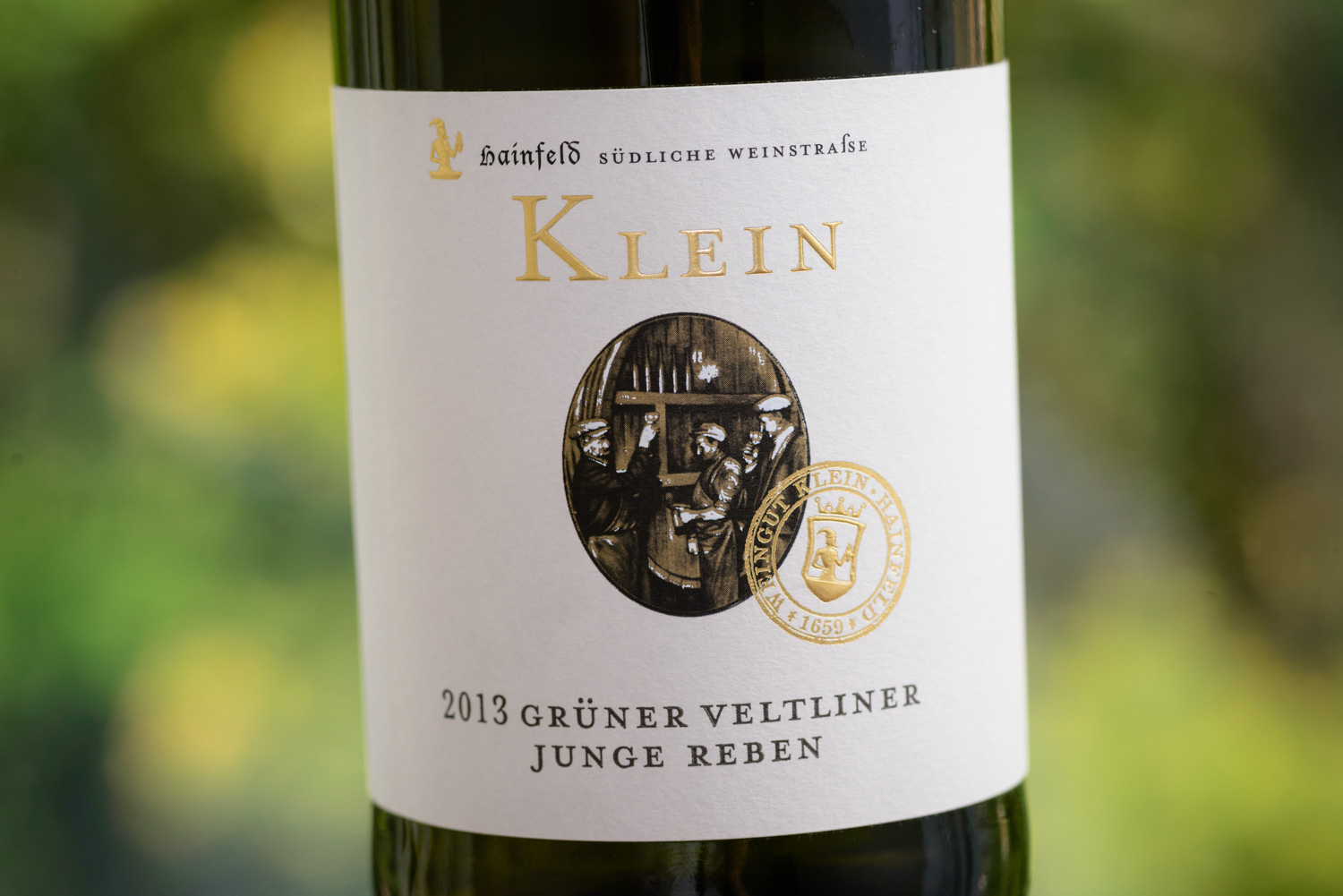 When I unscrewed Gerhard Klein's Grüner Veltliner I hoped it would be one of those quiet, enjoyable companions. And it was. With a little twist...
When I unscrewed Gerhard Klein's Grüner Veltliner I hoped it would be one of those quiet, enjoyable companions. And it was. With a little twist...

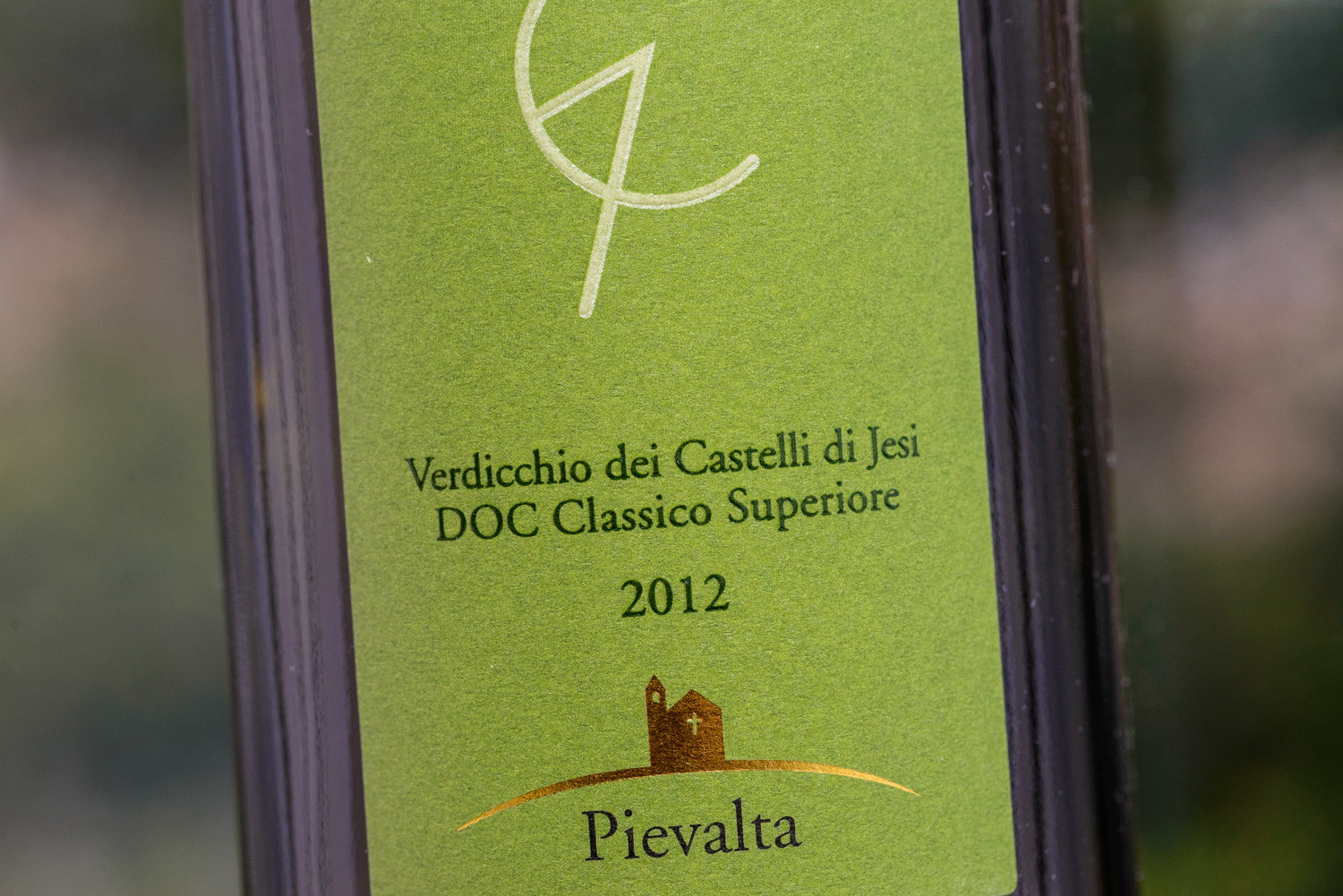
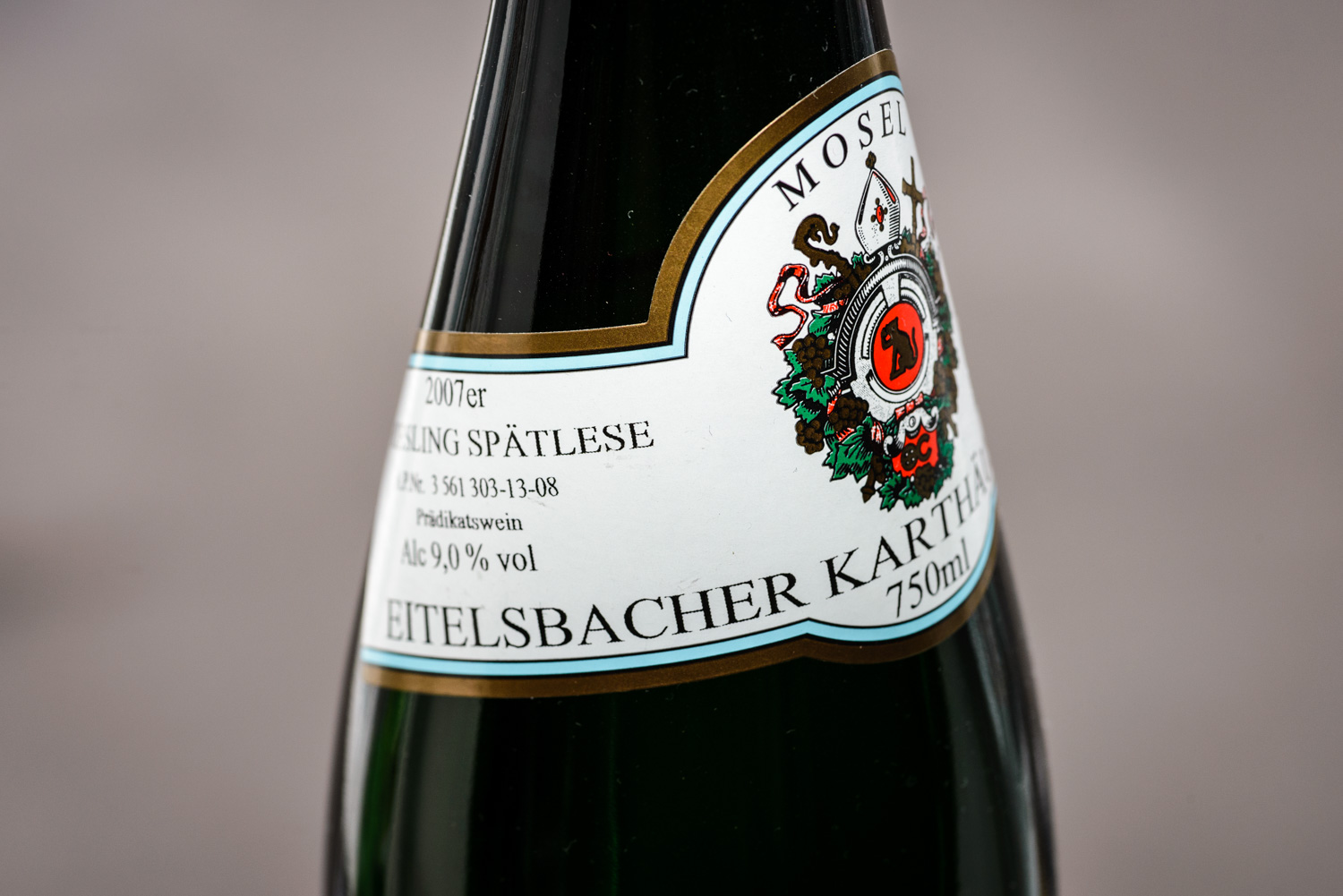 The above-pictured late harvest from the Mosel tributary Ruwer falls into one of these two categories for me, so approach with care.
The above-pictured late harvest from the Mosel tributary Ruwer falls into one of these two categories for me, so approach with care. 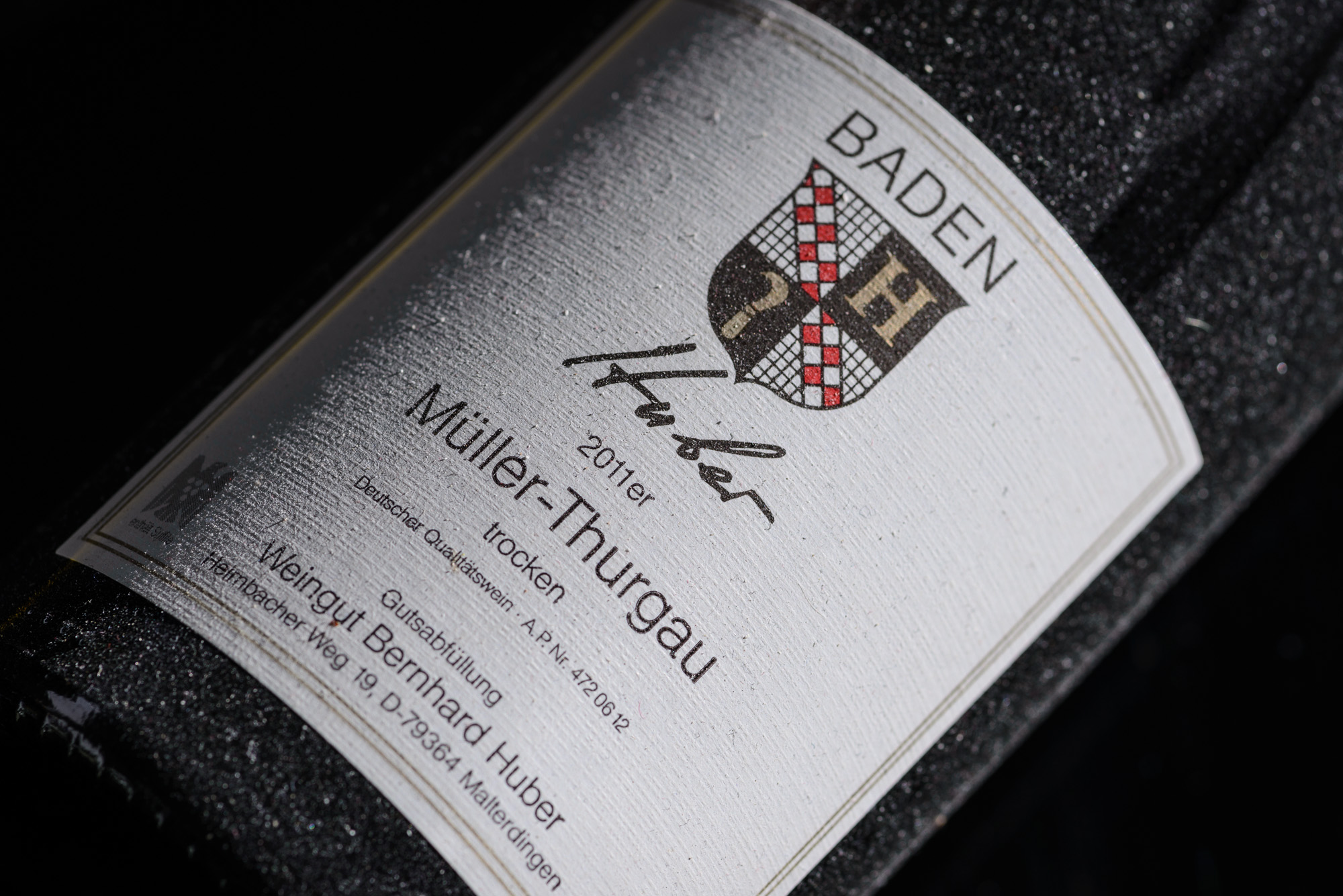 Looking through my cellar, the only Huber wine left is a Müller-Thurgau, not quite the obvious choice, but it has to do for a toast to one of the greats of wine making.
Looking through my cellar, the only Huber wine left is a Müller-Thurgau, not quite the obvious choice, but it has to do for a toast to one of the greats of wine making. 
